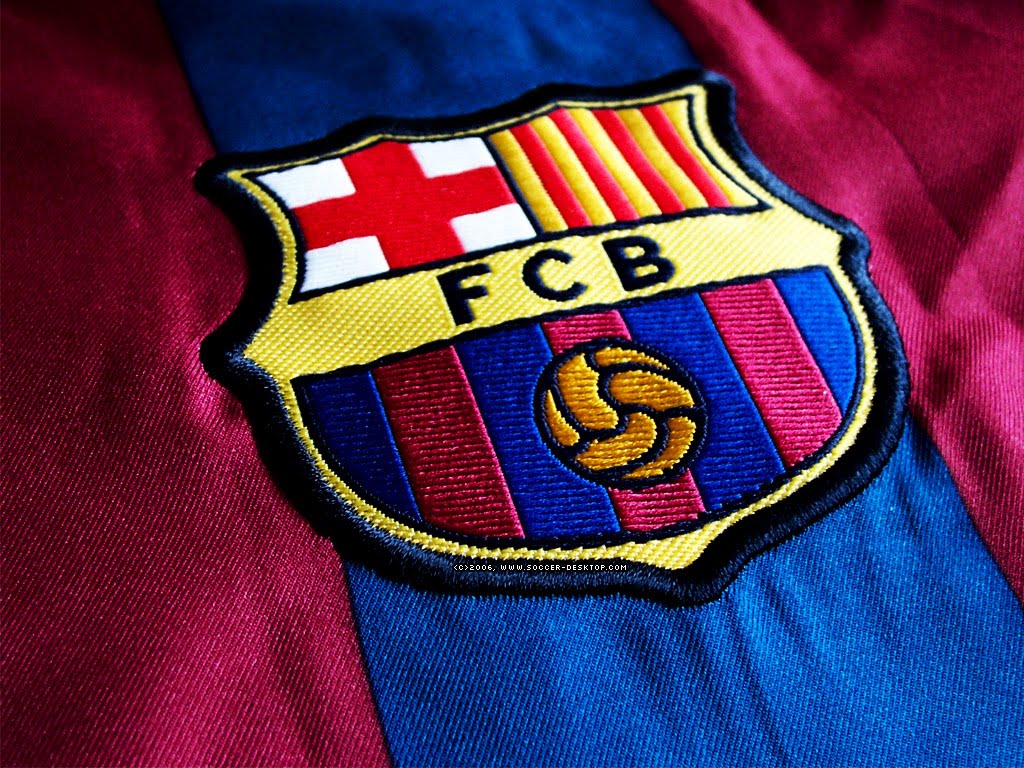
On 22 October 1899, Joan Gamper placed an advertisement in Los Deportes declaring his wish to form a football club; a positive response resulted in a meeting at the Gimnasio Solé on 29 November. Eleven players attended—Walter Wild (the first director of the club), Lluís d'Ossó, Bartomeu Terradas, Otto Kunzle, Otto Maier, Enric Ducal, Pere Cabot, Carles Pujol, Josep Llobet, John Parsons, and William Parsons—and Foot-Ball Club Barcelona was born.[3]
Search This Blog
Thursday, February 10, 2011
Wednesday, February 9, 2011
DAVID VILLA
| Personal information | |||
|---|---|---|---|
| Full name | David Villa Sánchez[1] | ||
| Date of birth | 3 December 1981 (age 29)[1] | ||
| Place of birth | Langreo, Spain | ||
| Height | 1.75 m (5 ft 9 in)[2] | ||
| Playing position | Striker | ||
| Club information | |||
| Current club | Barcelona | ||
| Number | 7 | ||
| Youth career | |||
| 1991–1999 | Langreo | ||
| Senior career* | |||
| Years | Team | Apps† | (Gls)† |
| 1999–2001 | Sporting Gijón B | 65 | (25) |
| 2001–2003 | Sporting Gijón | 80 | (38) |
| 2003–2005 | Zaragoza | 73 | (32) |
| 2005–2010 | Valencia | 166 | (108) |
| 2010– | Barcelona | 18 | (14) |
| National team‡ | |||
| 2000–2003 | Spain U21 | 7 | (0) |
| 2005– | Spain | 70 | (44) |
| * Senior club appearances and goals counted for the domestic league only and correct as of 16 January 2011. † Appearances (Goals). ‡ National team caps and goals correct as of 18 November 2010 | |||
David Villa Sánchez
LIONEL MESSI
FULL NAME : LIONELL ANDERAS MESSI
PLACE OF BIRTH :ROSORIA ARGENTINA
DATE OF BIRTH: 24 JUNE 1987
HEIGHT : 5FT 7IN
PLAYING POST : FOWARD
CLUB : BARCELONA
NUMBER : 10
Tuesday, February 8, 2011
EUROPEAN
DOMESTIC ACHEIVEMENTS
- Winners (20): 1928–29, 1944–45, 1947–48, 1948–49, 1951–52, 1952–53, 1958–59, 1959–60, 1973–74, 1984–85, 1990–91, 1991–92,1992–93, 1993–94, 1997–98, 1998–99, 2004–05, 2005–06, 2008–09, 2009–10
- Runners-up (22): 1929–30, 1945–46, 1953–54, 1954–55, 1955–56, 1961–62, 1963–64, 1966–67, 1967–68, 1970–71, 1972–73, 1975–76,1976–77, 1977–78, 1981–82, 1985–86, 1986–87, 1988–89, 1996–97, 1999–00, 2003–04, 2006–07
Stadiums
Barcelona initially played in the Camp de la Indústria. The capacity was about 10,000, and club officials deemed the facilities inadequate for a club with growing membership.[100]
In 1922, the number of supporters had surpassed 20,000 and by lending money to the club, Barça was able to build the larger Camp de Les Corts, which had an initial capacity of 20,000 spectators. After the Spanish Civil War the club started attracting more members and a larger number of spectators at matches. This led to several expansion projects: the grandstand in 1944, the southern stand in 1946, and finally the northern stand in 1950. After the last expansion, Les Corts could hold 60,000 spectators.[101]
After the construction was complete there was no further room for expansion at Les Corts. Back-to-back La Liga titles in 1948 and 1949 and the signing of in June 1950 of László Kubala, who would later go on to score 196 goals in 256 matches, drew larger crowds to the games.[101][102][103] The club began to make plans for a new stadium.[101] The building of Camp Nou commenced on 28 March 1954, before a crowd of 60,000 Barça fans. The first stone of the future stadium was laid in place under the auspices of Governor Felipe Acedo Colunga and with the blessing of Archbishop of Barcelona Gregorio Modrego. Construction took three years and ended on 24 September 1957 with a final cost of 288 million pesetas, 336% over budget.[101]
In 1980, when the stadium was in need of redesign to meet UEFA criteria, the club raised money by offering supporters the opportunity to inscribe their name on the bricks for a small fee. The idea was popular with supporters, and thousands of people paid the fee. Later this became the centre of controversy when media in Madrid picked up reports that one of the stones was inscribed with the name of long-time Real Madrid chairman and Franco supporter Santiago Bernabéu.[104][105][106] In preparation for the 1992 Summer Games two tiers of seating were installed above the previous roofline.[107] It has a current capacity of 98,787 making it the largest stadium in Europe.[108]
RECORDS
Xavi presently holds the team records for number of total games played (555) and La Liga appearances (369).[86]
FC Barcelona's all-time highest goalscorer in all competitions (including friendlies) is Paulino Alcántara with 357 goals.[86] The record league scorer is César Rodríguez , who scored 195 goals in La Liga between 1942 and 1955. That record is likely to be broken soon as the current leading league scorer Lionel Messi has scored 112 goals.[87] Only four people have managed to score over 100 league goals at Barcelona:César Rodríguez (195), Ladislao Kubala (131), Lionel Messi (112) and Samuel Eto'o (108) .
On 2 February 2009, Barcelona reached a total of 5,000 La Liga goals. The goal was converted by Messi in a game against Racing Santander, which Barça won 2–1.[88] On 18 December 2009 Barcelona beat Estudiantes 2–1 to win their sixth title in a year and became the first ever football team to complete the sextuple.[89] Barcelona holds the record for most Copa del Rey titles (25) and a joint record with Real Madrid for the most Spanish Supercups with 8 titles.
Barcelona's highest home attendance was 120,000, for a European Cup quarter-final against Juventus on 3 March 1986.[90] The modernisation of Camp Nou during the 1990s and the introduction of all-seater stands means the record will not be broken for the foreseeable future as the current legal capacity of the stadium is 98,772
Subscribe to:
Posts (Atom)
